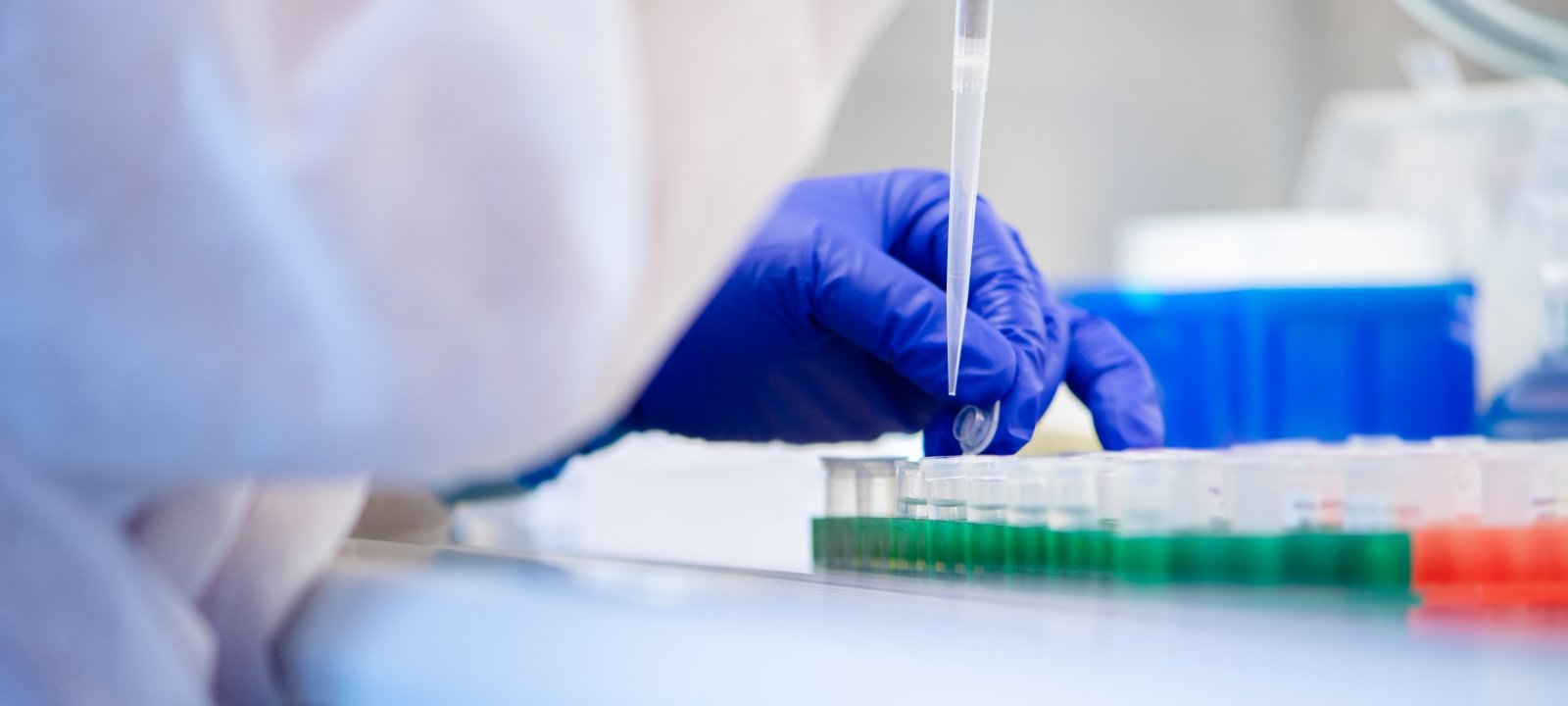National trends show an increase in the following diseases with the Norovirus having an outbreak here in the local area along with increased cases of COVID-19.
Be aware of the symptoms, stay home, and seek medical advice from a local healthcare provider if you feel you need a medical professional.
Norovirus
The Centers for Disease Control and Prevention (CDC) states the Norovirus is a very contagious virus.
Symptoms
- Diarrhea
- Vomiting
- Nausea
- Stomach pain
COVID-19
The Centers for Disease Control and Prevention (CDC) states that COVID-19 is caused by a virus named SARS-CoV-2 and is very contagious.
Symptoms
- Fever or chills
- Cough
- Shortness of breath or difficulty breathing
- Fatigue
- Muscle or body aches
- Headache
- New loss of taste or smell
- Sore throat
- Congestion or runny nose
- Nausea or vomiting
- Diarrhea
Strep Throat
The Centers for Disease Control and Prevention (CDC) states strep throat is an infection in the throat and tonsils caused by bacteria called group A Streptococcus (group A strep).
Symptoms
- Sore throat that can start very quickly
- Pain when swallowing
- Fever
- Red and swollen tonsil, sometimes with white patches or streaks of pus
- Petechiae (pronounce pi-TEE-kee-eye) on the soft or hard plate (tiny red spots on the roof of the mouth)
- Swollen lymph nodes in the front of the neck
Syphilis
The Centers for Disease Control and Prevention (CDC) states that Syphilis is a sexually transmitted infection (STI) that can cause serious health problems without treatment.
Stages
- primary stage
- secondary stage
- latent stage
- tertiary stage.
Each stage has different symptoms.
